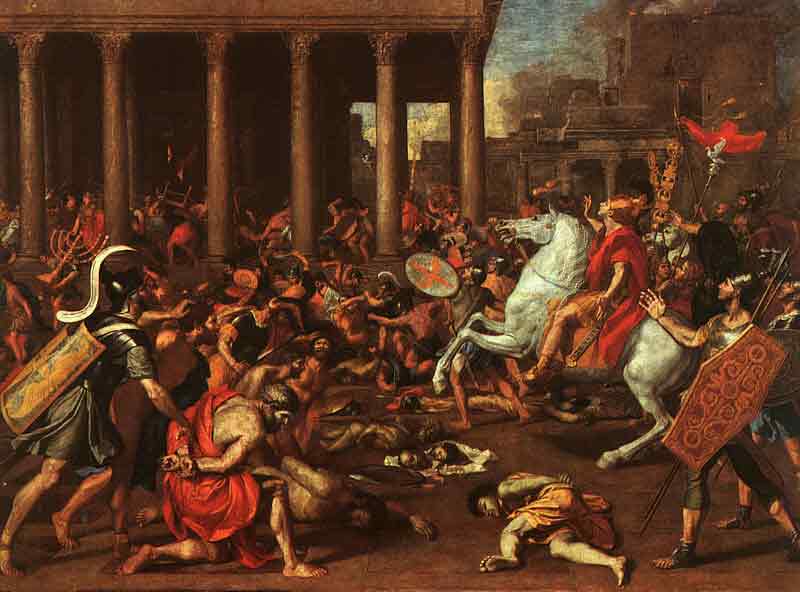The Rebbe tells what he sees, no matter how earth-shattering or perplexing, drawing a line in history and saying “avodas ha’birurim is over.” * Our job is to live with the spiritual reality of victory, of geula, to such a degree, that it inspires others to follow suit.
By Rabbi Boruch Merkur

To appreciate the brilliant innovation in the Rebbe’s leadership, daring not only the entire world with his prophetic vision, but addressing the rabbinic community, the composite of generations of Torah leaders from all streams of Judaism, by simply saying the truth of what he sees, no matter how earth-shattering or perplexing.
The Rebbe draws a line in history and says “avodas ha’birurim” is over. For thousands of years Jews have been charged and engaged with the mission of confronting the consuming, distracting, physical world (i.e., not to be aloof and absent, but present in the world) and struggle to maintain integrity within it, slowly growing toward perfect devotion. That long-standing, central purpose and goal is now complete - the singular most spectacular proclamation since “Anochi Havaya Elokecha.”
The end of birurim - what can that possibly mean? Does your personal experience reflect that you are no longer drawn to anything other than G-d’s will? We’re done with the entire struggle of life? Yet these are the Rebbe’s words:
Now what do we do? The next step … is not avodas ha’birurim (for we have already finished and completed that), but a special avoda to bring the awareness of this reality to the world. (Seifer HaSichos 5752, pg. 163; see the possible remez in Footnote 89)
Our job now is to live with the spiritual reality of victory, of geula, to such a degree, that it inspires others to follow suit.
*
The final birur of the Roman Exile, the final exile, is symbolized by the transformation of Rome itself, “beating their swords into plowshares.” The Rebbe quotes the Midrash (Seifer HaSichos 5752, pg. 232):
“‘Your contributions [to the Mishkan] shall consist of … gold, silver, and brass’ … Iron (barzel), however, is not mentioned here, both with regard to the Mishkan as well as the Mikdash. Why is that? Because Edom (Rome), the nation that destroyed the Holy Temple, is likened to iron.” (Shmos Rabba 35:5)
The correction for this dark force, which impedes longevity, is through barzel d’k’dusha, the holy connotation of iron … the strength and force (barzel) of the eztem ha’neshama, the soul’s core, which nullifies the barzel of the Other Side, the (stiff-necked) Evil Inclination.
Footnote 60: See Sukka 52b: “If you encounter this lowlife [i.e., the Evil Inclination], draw it to the study hall. If it is iron it will explode, etc.”
Footnote 97: See Avos D’Rabbi Nasan Ch. 16: “The Evil Inclination resembles iron held within fire. So long as it is in the fire, any vessel you wish can be forged of it. The same applies to the Evil Inclination, etc.”
At length the Rebbe spells out the spiritual significance of “barzel” (based on the teaching of the Arizal), noting the acronym for the “iron” maidens precede their mistresses in the acronym:
The arrangement of the Four Matriarchs in the word “barzel” (Bilha before Rachel, and Zilpa before Leah, each handmaiden preceding her mistress) is the order of the Other Side, alluded to in the verse, “A loathsome woman who gets married; a slave-girl who supplants her mistress” (Mishlei 30:23).
However, also in holiness there is the order of barzel, the handmaiden preceding her mistress - in the positive sense …
The Avos (of their own accord) did not want to marry the handmaidens, insofar as they were reluctant to descend to the lower worlds of Biy”a (which the maidservants represent). Nevertheless, specifically by marrying them … it built up and elevated Malchus, the lowest Divine Attribute, to the ultimate perfection.
Footnote 89: underscored in the dynasty of Dovid, who was conceived when his father (Yishai) believed he was with his maidservant, enacting the esoteric principle of “a slave-girl who supplants, etc.” (See LT, and Siddur in FN 86.)
Similarly, the Third Beis HaMikdash will embody the total transformation of iron, of exile, transforming the very lowest material to become part of the actual structure - in a significant way. In fact it will be composed of a “ribbui barzel – a plethora of iron” (“100,000 kikarim”) (FN 102).
*
So how do we relate to iron now, in our unique time, on the cusp of the complete redemption? We must be on fire to know that the Evil Inclination is actually dead, or better, malleable to any form, any purpose we forge and devote it to. Knowing that we are given the power to do this is the first step towards truly living with the reality the way the Rebbe sees it of everything being ready for Moshiach.
In future weeks I hope to explore how although all this may be “neged ha’chush sh’lanu,” seemingly defying our own perception and experience, it is true and precise nonetheless. May we all open our eyes to that knowledge.